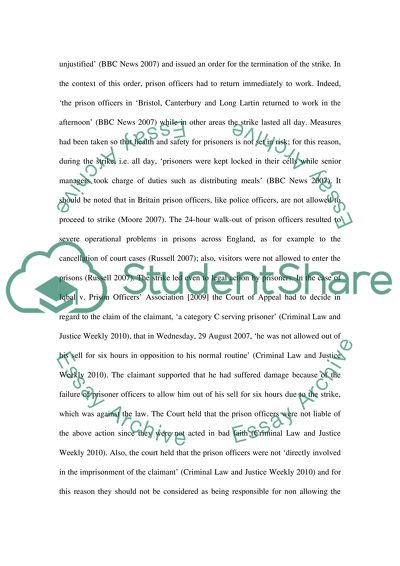Cite this document
(“The Prison Officers Strike Essay Example | Topics and Well Written Essays - 2250 words”, n.d.)
The Prison Officers Strike Essay Example | Topics and Well Written Essays - 2250 words. Retrieved from https://studentshare.org/social-science/1587291-the-prison-officers-strike
The Prison Officers Strike Essay Example | Topics and Well Written Essays - 2250 words. Retrieved from https://studentshare.org/social-science/1587291-the-prison-officers-strike
(The Prison Officers Strike Essay Example | Topics and Well Written Essays - 2250 Words)
The Prison Officers Strike Essay Example | Topics and Well Written Essays - 2250 Words. https://studentshare.org/social-science/1587291-the-prison-officers-strike.
The Prison Officers Strike Essay Example | Topics and Well Written Essays - 2250 Words. https://studentshare.org/social-science/1587291-the-prison-officers-strike.
“The Prison Officers Strike Essay Example | Topics and Well Written Essays - 2250 Words”, n.d. https://studentshare.org/social-science/1587291-the-prison-officers-strike.


